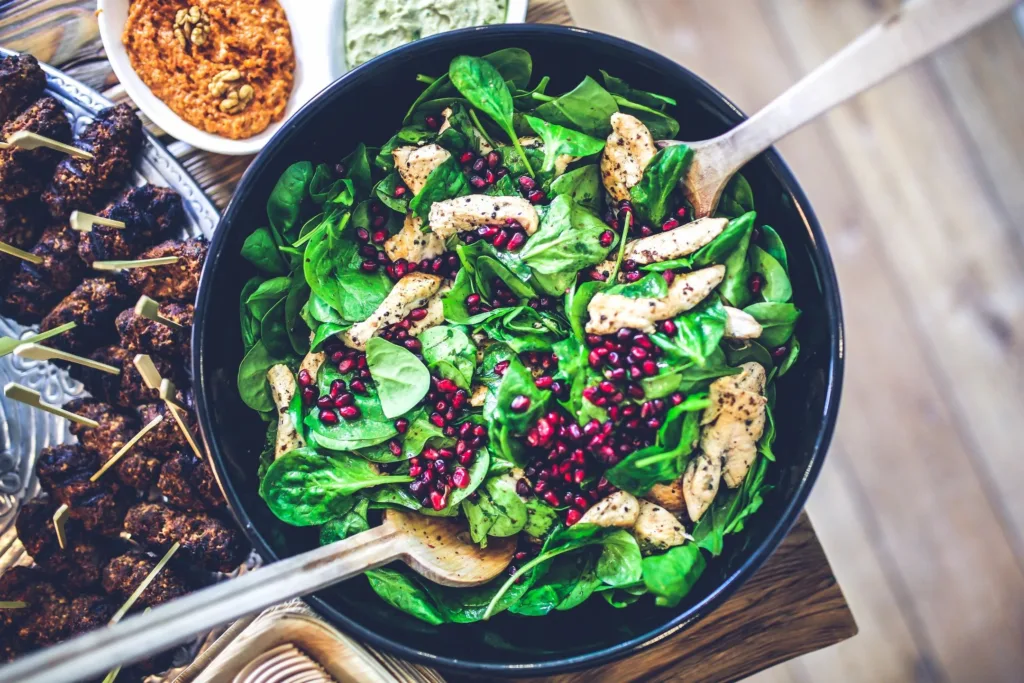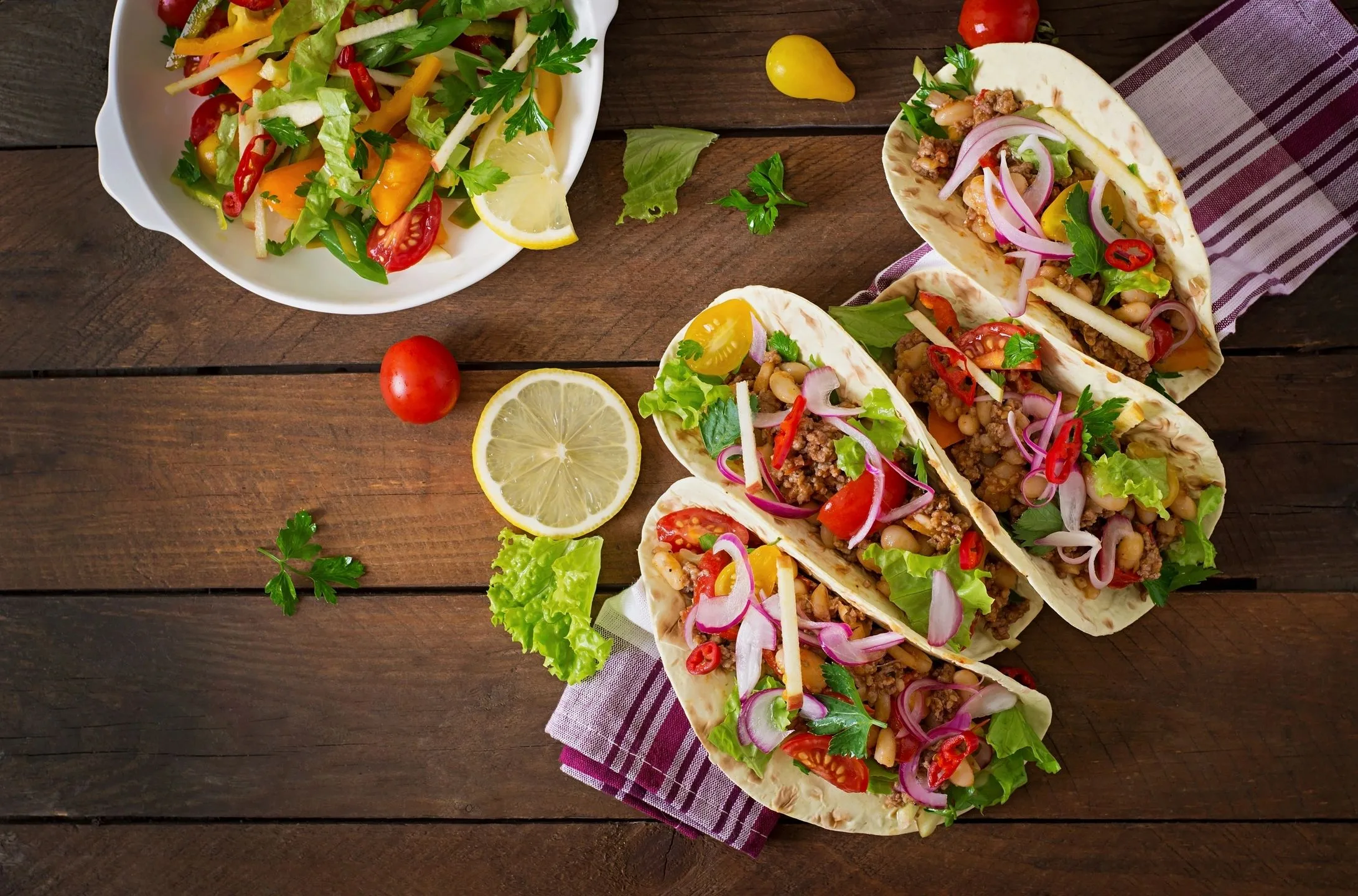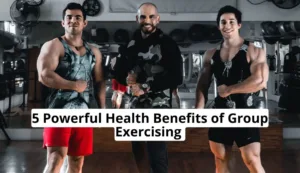In the world of nutrition and wellness, the term “healthy diet” is thrown around quite frequently.
But what does a healthy diet really look like? Is dieting truly a healthy approach to weight management, or are there better alternatives?
In 10 Minutes I’ll Give You The Truth About Healthy Diets!
In this article, we will delve deep into the concept of healthy diets, exploring various dietary plans such as the Mediterranean diet, DASH diet, low-carbohydrate diet, and more.
We will also provide you with a 7-day healthy eating plan, discuss the importance of balanced diets, and offer examples of what constitutes a balanced diet for kids.
Table of Contents
What Does a Healthy Diet Look Like to You?
A healthy diet is a cornerstone of overall well-being.
It means consuming a variety of foods that provide the necessary nutrients for your body to thrive. One key aspect of a healthy diet is eating plenty of vegetables and fruit.
These foods are rich in vitamins, minerals, dietary fiber, plant protein, and antioxidants.
Research has shown that individuals with diets rich in vegetables and fruit have a significantly lower risk of obesity, heart disease, stroke, diabetes, and certain types of cancer.
Incorporating these foods into your daily meals is a crucial step towards achieving a healthy diet.

What is a Healthy Diet Quote?
As Michael Pollan famously said, “Eat food, not too much, mostly plants.”
This simple quote encapsulates the essence of a healthy diet.
It emphasizes the importance of choosing real, whole foods over processed alternatives and maintaining a balanced approach to eating.
What is the Truth About Diets?
The truth about diets is that they come in various forms, each with its own set of pros and cons.
Some diets, like the Paleolithic diet and ketogenic diet, focus on specific food groups or macronutrients, while others, like the Mediterranean diet and DASH diet, promote a well-rounded approach to nutrition.
Ultimately, the effectiveness of a diet depends on individual preferences and needs.
Is Dieting Really Healthy?
Dieting, in the sense of restrictive and short-term approaches to weight loss, may not always be healthy.
Extreme diets, such as low-carbohydrate or low-fat diets, can lead to nutrient deficiencies and are often difficult to sustain in the long term.
Instead of dieting, it’s advisable to adopt a healthy diet plan that promotes balance and sustainability.
How Do You Talk About Healthy Eating?
Healthy eating is about making informed choices regarding the foods you consume.
It involves selecting nutrient-dense options, controlling portion sizes, and minimizing the intake of processed foods high in added sugars and unhealthy fats.
Conversations about healthy eating should focus on gradual and sustainable changes rather than quick-fix solutions.
How to Eat a Balanced Diet?
A balanced diet is one that includes a variety of foods from all food groups.
The Eatwell Guide, a visual representation of a balanced diet, recommends consuming fruits, vegetables, whole grains, lean proteins, and dairy or dairy alternatives in appropriate portions.
Which Diet is the Healthiest?
Studies have shown that the Mediterranean diet consistently ranks as one of the healthiest diets.
It emphasizes whole foods, including fruits, vegetables, olive oil, nuts, and fish, while limiting processed foods and red meat.
The DASH diet, which focuses on reducing sodium intake and promoting heart-healthy foods, is another highly regarded option.
How Do I Get a Healthy Diet?
Achieving a healthy diet involves planning, preparation, and mindfulness.
Start by creating a meal plan that includes a variety of nutritious foods, and be sure to stay hydrated.
Avoid skipping meals and practice portion control to prevent overeating.

What Are 5 Balanced Diets?
Five examples of balanced diets include:
Mediterranean diet: Emphasizing fruits, vegetables, whole grains, and lean proteins.
DASH diet: Promoting reduced sodium intake and heart-healthy foods.
Low-carbohydrate diet: Focusing on limiting carb intake while increasing fat and protein consumption.
Low-fat diet: Reducing fat intake, particularly saturated fats, and emphasizing lean protein sources.
Ketogenic diet: A high-fat, low-carb diet designed to induce ketosis.
The 7-Day Healthy Eating Plan
Here’s a sample 7-day healthy eating plan to get you started on your journey towards a balanced diet:
Day 1
Breakfast: Greek yogurt with berries and honey
Lunch: Spinach and quinoa salad with grilled chicken
Dinner: Baked salmon with roasted vegetables
Day 2
Breakfast: Oatmeal with banana and almonds
Lunch: Whole-grain wrap with hummus, vegetables, and turkey
Dinner: Stir-fried tofu with broccoli and brown rice
Day 3
Breakfast: Scrambled eggs with spinach and tomatoes
Lunch: Lentil soup and a mixed greens salad
Dinner: Grilled shrimp with asparagus and quinoa
Day 4
Breakfast: Whole-grain toast with avocado and poached eggs
Lunch: Turkey and vegetable stir-fry with brown rice
Dinner: Baked cod with steamed broccoli and quinoa
Day 5
Breakfast: Smoothie with spinach, banana, almond milk, and protein powder
Lunch: Chickpea salad with mixed greens and feta cheese
Dinner: Grilled chicken breast with sweet potato and green beans
Day 6
Breakfast: Cottage cheese with pineapple and walnuts
Lunch: Whole-grain pasta with marinara sauce and grilled vegetables
Dinner: Tofu and vegetable curry with brown rice
Day 7
Breakfast: Whole-grain waffles with strawberries and Greek yogurt
Lunch: Quinoa and black bean salad with avocado
Dinner: Baked turkey meatballs with zucchini noodles
What is the Healthy Diet Chart?
A healthy diet chart is a visual representation of recommended daily food intake, typically divided into food groups.
It helps individuals plan their meals to ensure they receive a balanced mix of nutrients.
The Concept of Nutrition
Nutrition is the science of how the body obtains and utilizes nutrients from the foods we consume.
It encompasses macronutrients (carbohydrates, proteins, and fats) and micronutrients (vitamins and minerals), all of which are essential for overall health and well-being.
A Balanced Diet for Kids

A balanced diet for kids should include a variety of foods to support their growth and development.
Examples include:
Breakfast: Whole-grain cereal with milk and sliced strawberries
Lunch: Turkey and cheese sandwich on whole-grain bread with carrot sticks
Snack: Greek yogurt with honey and a small handful of almonds
Dinner: Grilled chicken with broccoli and mashed sweet potatoes
Wrap Up
In conclusion, there is no one-size-fits-all approach to a healthy diet.
The most effective diet is one that aligns with your preferences and lifestyle while providing essential nutrients.
The Mediterranean diet and DASH diet have consistently shown positive health outcomes in various studies, but it’s essential to choose a diet that you can maintain in the long term.
The key is balance, variety, and moderation in your food choices, and always consult with a healthcare professional or registered dietitian for personalized guidance on your journey to a healthier you.
Remember, it’s not just about dieting; it’s about making sustainable and mindful choices that promote lifelong health and well-being.




